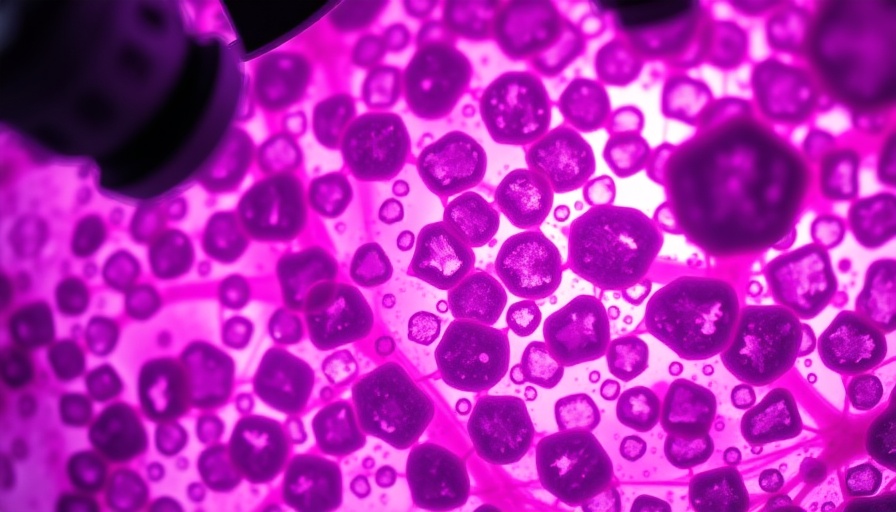
Revolutionizing IgA Nephropathy Treatment: Hope on the Horizon
In a groundbreaking advancement, sibeprenlimab—an innovative selective immune antibody—has shown the potential to significantly lower urine protein-to-creatinine ratio (uPCR) by over 50% in patients suffering from immunoglobulin A (IgA) nephropathy. This revelation emerges from a recent interim analysis of the VISIONARY trial, marking a pivotal moment in the ongoing struggle against this often-overlooked condition.
The Significance of Safety in Medication
One of the most striking aspects of the findings is the reiterated safety profile of sibeprenlimab. While the idea of selective agents potentially leading to unexpected off-target effects looms large in the minds of researchers, study presenter Dr. Vlado Perkovic highlighted that there were no alarming safety concerns. “Safety's been a key consideration with these drugs,” he explained. For patients with IgA nephropathy who often face heightened risks due to immunosuppressive therapies, the lack of serious safety issues associated with sibeprenlimab offers a glimmer of hope.
Understanding IgA Nephropathy: The Quiet Epidemic
Often described as underestimated, IgA nephropathy affects approximately 2.5 per 100,000 people yearly; however, many suspect these figures are significantly lower than reality. The condition, which typically manifests between the ages of 20 and 40, poses a daunting risk of end-stage kidney disease (ESKD), which may culminate in up to 50% progression within two decades.
Dr. Perkovic remarked, “It’s quite likely we’ve underestimated just how important this condition is.” As new treatments unfold, including sibeprenlimab, the medical community stands at the brink of a renaissance in the management of IgA nephropathy.
A Deeper Look into the Mechanisms
Sibeprenlimab works through a unique mechanism—the inhibition of APRIL (a proliferation-inducing ligand) produced by mucosal and myeloid cells. This inhibition impacts B-cell activity, directly affecting the IgG and IgA class-switching process in mature B cells. This connection is crucial since APRIL plays a significant role in what is termed the '4-Hit process,' driving the pathogenesis of IgA nephropathy and facilitating kidney function loss.
Campaigning Against Immunosuppression
Historically, corticosteroids have been the go-to treatment for IgA nephropathy, but they come with a host of adverse effects. The emergence of therapies like sibeprenlimab could signify a paradigm shift in treating this disease, where the root immune dysregulation is directly targeted without the collateral damage often seen with steroids.
The Future: Insights from the VISIONARY Trial
The phase 3 VISIONARY trial represents a monumental undertaking, assessing the efficacy of sibeprenlimab among patients across 240 sites in 31 countries. Participants were randomized into either the treatment or placebo groups, monitored closely over 100 weeks, with an additional 12 weeks follow-up. As the largest trial to date in this realm, its outcomes are eagerly awaited by both the medical community and those affected by IgA nephropathy.
Why Awareness Matters: Making the Invisible Visible
The recent findings around sibeprenlimab bring to light the critical need for increased awareness about IgA nephropathy. Understanding this condition can empower patients and families, drive community support, stimulate research funding, and ultimately lead to better health outcomes.
As these treatments develop and we enter a golden age of IgA nephropathy management, it's vital for individuals to stay informed and advocate for themselves or their loved ones suffering from this disease.
For those interested in engaging with their health proactively, I encourage you to follow updates within the realm of renal health and stay connected with healthcare providers who can provide personalized advice and support.
 Add Row
Add Row  Add
Add 




 Add Row
Add Row  Add
Add 

Write A Comment